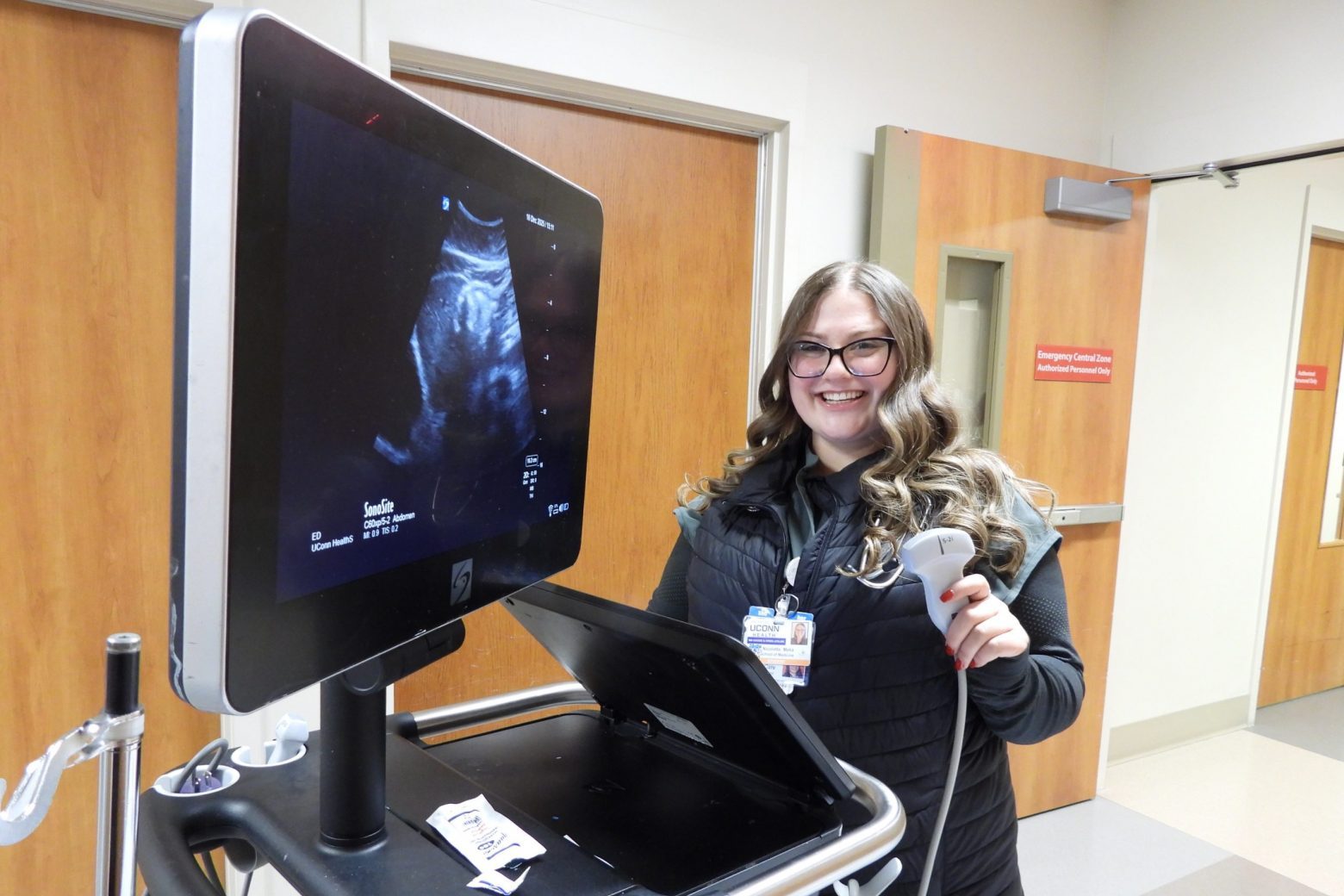
A collaboration of scientists, including four in the ecology and evolutionary biology department of the College of Liberal Arts and Sciences, have been awarded a $3 million grant by the National Science Foundation to study how plants adapt to climate change. The study, to be based in South Africa, will lead to predictions about which plant communities are likely to survive man-made climate change, and which are not.
“Humans may be changing the climate faster than at any other time in the past,” says Professor Carl Schlichting, the study’s principal investigator. “This study will help us to understand how resilient plant communities are to this change.”
The grant was one of only 14 funded nationally out of nearly 200 proposals, and provides $2 million to the UConn group, which also includes professors Kent Holsinger, Cynthia Jones, and John Silander, and about $500,000 each to collaborators Justin Borevitz at the University of Chicago and Andrew Latimer at the University of California, Davis.
The group’s research will take place in the Greater Cape Floristic Region of South Africa, which is home to two worldwide biodiversity hotspots: the shrub-filled fynbos and the desert karoo biomes. These biomes are among the most biologically diverse regions on Earth, says Schlichting, containing as much plant diversity as the Amazon rainforest in South America.
“This project is not only an example of highly collaborative research on a very unusual plant system, but will further our existing cooperation with scientists in South Africa,” says Kentwood Wells, professor and head of the EEB department.

Two groups of flowering shrubs native to this area have been undergoing rapid diversification for the past 15 million years or so: Pelargonium, which includes garden-variety geraniums, and Protea, which includes the national flower of South Africa. The habitats in which these plants occur have historically experienced significant and rapid warming and drying events, yet these plants have survived and even diversified.
To understand the key to these plants’ success, Schlichting and his colleagues will measure many of the shrubs’ physical features, such as leaf characteristics and rates of photosynthesis. They will also sequence most of the genomes of 200 of the 260 species across the two groups. No studies of plants have ever sequenced so much of the genome in so many related species, says Schlichting.
“This is one of the largest plant genome projects ever undertaken,” he says. “We will have millions of nucleotides for hundreds of species, which will not only be useful for us, but will be able to be used in future studies.”
The scientists will combine this genetic information with the plants’ physical traits to find genes that are likely to be responsible for different traits, which Schlichting says is key to estimating how fast evolution has occurred.
“We want to reconstruct what these leaves looked like in the past,” he says. “We can go back in time – what did these leaves look like 15 million years ago?”

By connecting historical climate changes to these models of past plant characteristics, the scientists can determine what effects previous climate change has had on plant species diversification. They can then use this information to predict what the plants will look like under different climate scenarios in the future. Using climate projections for South Africa over the next 100 years, created by graduate student Adam Wilson in the Silander laboratory, the group can “connect the dots,” as Schlichting says.
For example, if past warming events led to smaller leaves in a particular group of plants, then they may continue to get smaller as the planet warms in the future. However, smaller leaves may limit the ability of the species to collect the sun’s energy, and may lead to its eventual extinction.
Ultimately, the scientists will combine information on all 260 species to create a profile for different plant communities based on their resident species. These data will help them predict whether entire natural communities will survive future climate change.
“This is a good example and one of several projects that our biologists in CLAS are working on that will further our understanding of biodiversity and the impact of climate change on the ecosystem,” says Jeremy Teitelbaum, dean of CLAS.
Schlichting hopes that the project will also pave the way for similar studies on other groups of living things, which will help to create a picture of how climate change will change ecosystems across the globe.
“This a very ambitious project, and we see it as a test case,” he says. “Our hope is that if it can be done in this richly diverse area, it can be done anywhere.”


